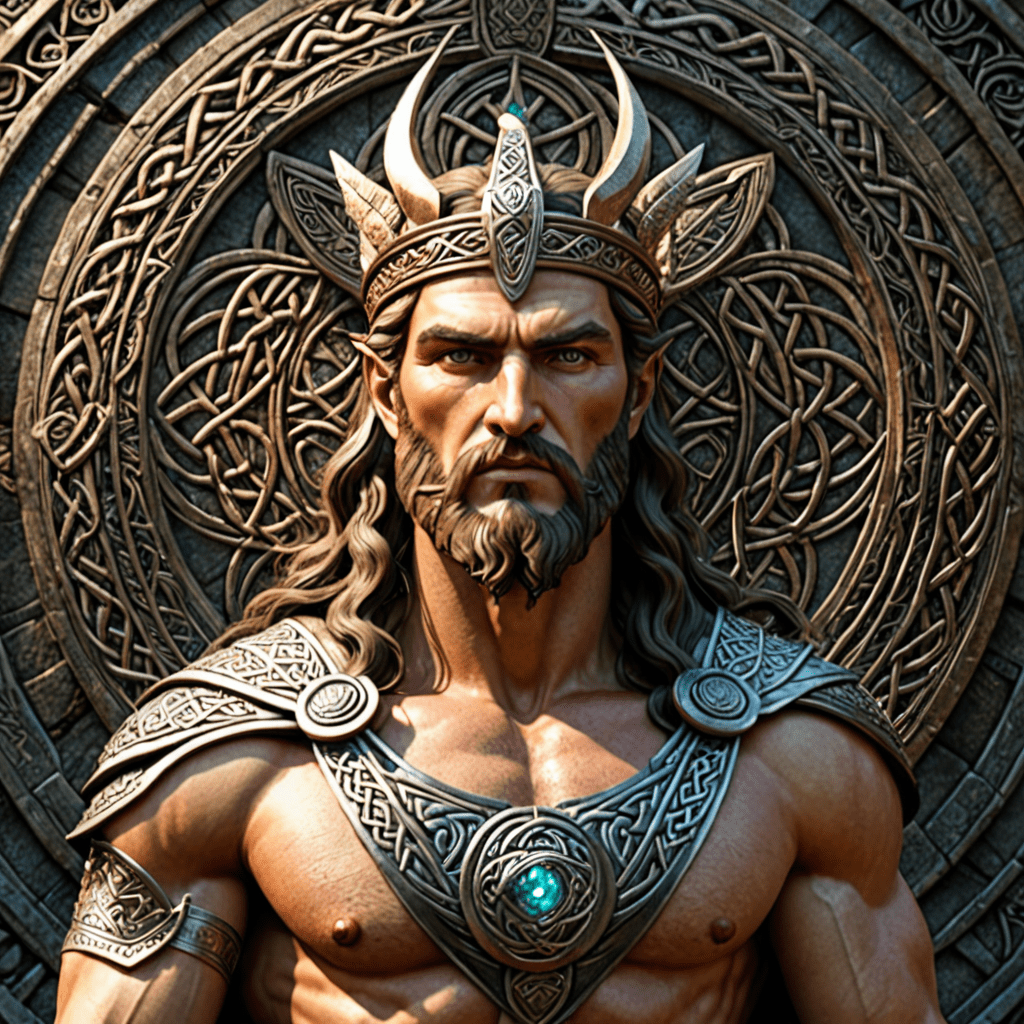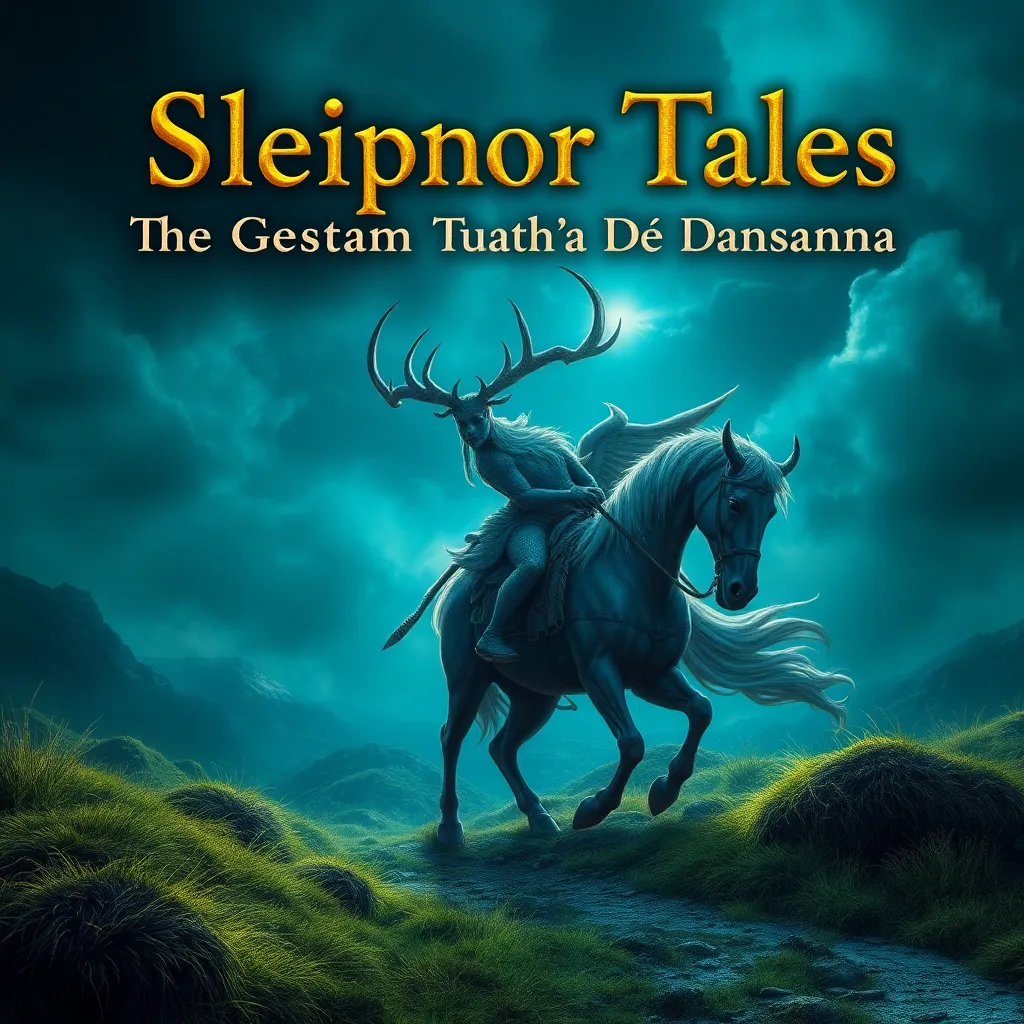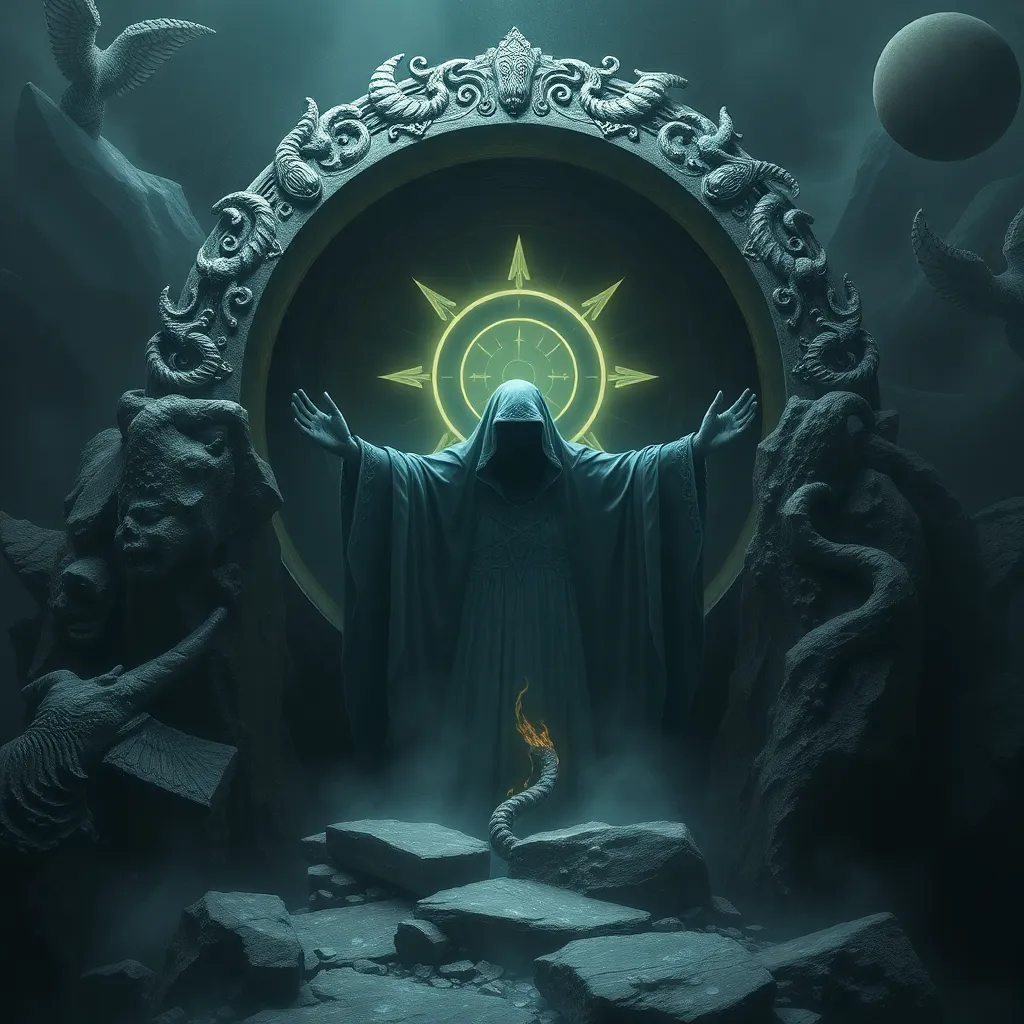The Influence of Norse Mythology on Norse Medicine and Healing Practices
From ancient times, Norse mythology has had a profound impact on the cultural practices of the Nordic societies including their approach to medicine and healing. Let’s explore how the rich tapestry of Norse myths influenced the healing practices of the ancient Norse people.
1. Role of Gods and Goddesses in Healing
In Norse mythology, gods and goddesses played a significant role in the lives of the Norse people. Deities like Odin, Frigg, and Eir were associated with healing, well-being, and protection. For example, Odin was revered as the god of healing and death, while Eir was a goddess specifically associated with healing and medicine. The Norse believed that invoking these deities could aid in healing the sick and injured.
2. Herbs and Rituals in Norse Healing Practices
Norse medicine placed a strong emphasis on the use of herbs and natural remedies for healing. Norse healers, known as “völvas” or “seidr-workers,” utilized a combination of medicinal herbs, incantations, and rituals to treat various ailments. The knowledge of herbs and their healing properties was often passed down through generations, with certain plants believed to have magical properties.
3. Runes and Symbolism in Healing
Runes, ancient Norse symbols with mystical significance, were also integral to Norse healing practices. It was believed that inscribing healing runes or symbols could harness magical energies to promote healing and protection. These symbols were often used in conjunction with traditional medicine and rituals to amplify their healing effects.
4. Shamanic Practices and Healing Journeys
Shamanic practices were another vital aspect of Norse healing traditions. Shamans, known as “seiðr workers” or “shamankoner,” would enter trance-like states to communicate with the spirit world and uncover the root causes of ailments. Through shamanic journeys, healers sought guidance from ancestral spirits and divine beings to facilitate the healing process for individuals in need.
Overall, the influence of Norse mythology on Norse medicine and healing practices highlights the deep spiritual connection between the natural world, divine forces, and human well-being. The reverence for gods and goddesses, the use of herbs and rituals, the symbolism of runes, and the shamanic practices all reflected the holistic approach to healing embraced by the ancient Norse people.
FAQs about The Influence of Norse Mythology on Norse Medicine and Healing Practices
What role did Norse mythology play in influencing Norse medicine and healing practices?
Norse mythology greatly influenced the healing practices of the Norse people. Gods such as Odin, associated with wisdom and healing, were revered for their healing powers. The mythological narratives often contained insights into herbal remedies, rituals, and spiritual beliefs that were essential in Norse healing practices.
How did Norse mythological figures like Freyja impact healing practices?
Freyja, the Norse goddess of love, fertility, and beauty, was also a significant figure in healing practices. She was associated with magic and shamanic practices, which involved using herbs, spells, and charms to heal the sick. Her influence contributed to the holistic approach to healing in Norse culture.
Were there specific rituals or ceremonies inspired by Norse mythology in healing practices?
Yes, Norse mythology inspired various rituals and ceremonies in healing practices. For example, the use of runes and symbols from mythological tales was believed to harness mystical powers for healing. Additionally, rituals invoking the aid of mythological deities were common in Norse healing ceremonies.



